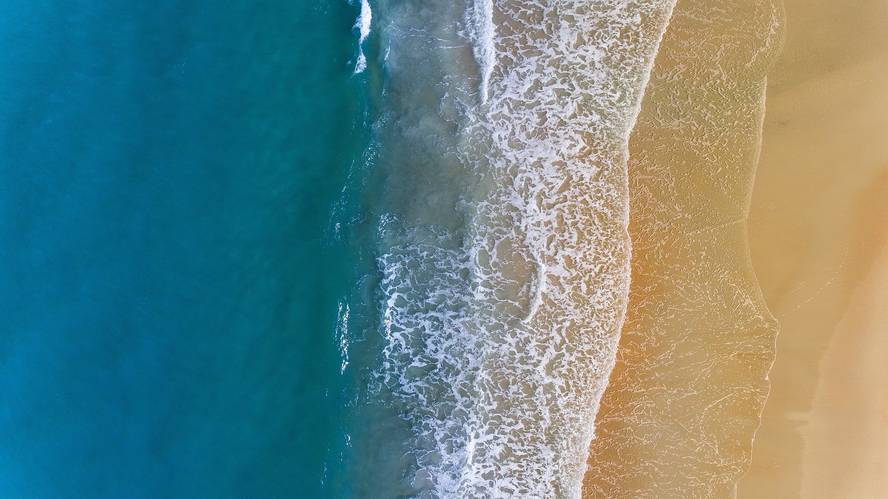Climate change is changing sea color
Sea color has changed in the last 20 years. Climate change is the result of changes in marine surface ecosystems, according to a paper published in the journal Nature.
Satellite measurement is the only way to obtain worldwide series of times for marine ecosystems, and this is the only way to make measurements at the required scale. And satellites have been measuring sea color for decades. Most importantly, chlorophyll has been monitored to date, but it is estimated that detecting climatic changes with chlorophyll takes more than 30 years.
In this study, however, it is proposed that changes can be detected more quickly by measuring reflectance. It's a way to measure sea color and allow you to deduce chlorophyll concentration and the state of ecosystems. After reviewing the 20-year data, a change of color is observed in the time interval, generally in green.
Researchers conclude that color change is a reflection of changes in planktonic communities and is occurring due to climate change. Furthermore, given the importance of plankton in marine chains and in carbon accumulation, researchers have highlighted its usefulness in detecting changes in these ecosystems.






